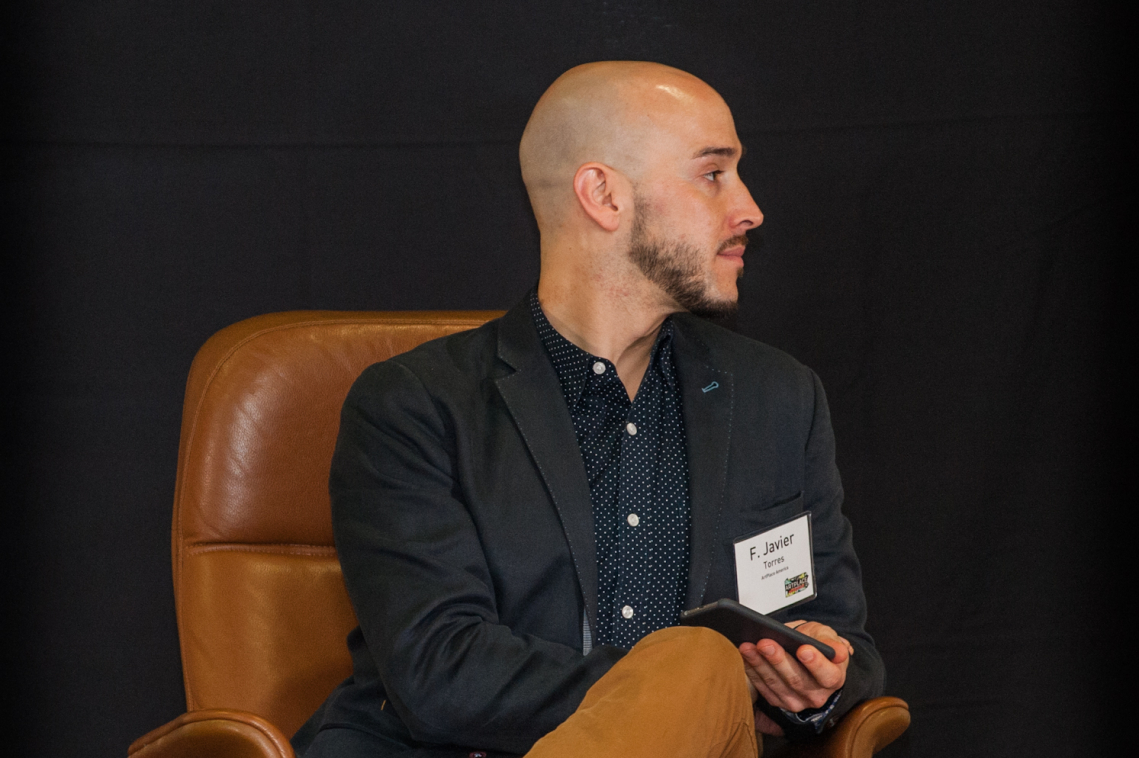
After completing our first full round of the National Grants Program together, Leila and I realized how critical it is to get off the proverbial treadmill and take some time to reflect on our work. We want to get to know our previous grantees better, and wrap our heads around everything we’ve learned since starting at ArtPlace. With a bit of time, we can further refine and strengthen our processes for the sixth round of National Grants. The major headline for this blog is—we’ve pushed the next open call to January of 2016. While those of you that have followed us over the last five years have become accustomed to the release of an open application process around this time every September, we’ll launch the next open call in early January 2016. Want to learn more about how we are thinking the program may change? Keep reading!
Since March, Leila and I have been working with the rest of the ArtPlace team to process tons of information we received from having conversations with current and previous grantees, completing a portfolio scan, attending conferences, and having dialogues with key partners and leaders. Based on all of this feedback, we found that one of the key areas we need to strengthen within the program is communications.
Thanks to the work of our colleague Prentice, ArtPlace as a whole is communicating much more clearly about our four lines of business and how we work individually and collectively as a team. This has helped us make sure the world doesn’t just see us as a grantmaker and can more clearly decipher the many ways to engage with us. Nowhere is this more evident than in the many blog posts we’ve released over the last five weeks.
Leila and I, however, also want to make sure that we get better at communicating that the National Grants Program supports community planning and development projects that strengthen communities through arts and culture. We believe finding ways to more clearly and consistently communicate this will support us in finding projects that bolster our portfolio, and help potential applicants decipher whether this grant program is for them. To do this, we turned to the community development matrix that you may have seen referenced on our website, in blog posts, or heard about directly from members of the ArtPlace team.
One of the ways we decided to use the community development matrix was to analyze our grant portfolio and see what was represented within it. As a reminder, since 2011 we have disbursed almost $67 million to 227 projects, across 152 communities of all sizes. The National Grants Program works to build a ten-year cumulative portfolio (2011-2020) that is representative of the varied arts and culture strategies used in planning and development across the US. Each year we look to fund projects unlike anything we have funded before. What we found in this first portfolio scan will inform what we will look for in the next round of grants.
Here are some of the things we learned and how they will impact our work moving forward:
- In the current portfolio, 22% of our investments have gone to rural communities! We’re excited about the great strategies being used in varied rural contexts across the country and look forward to continuing to learn from creative placemaking in rural communities.
- We found that 68% of projects were led by nonprofit organizations. While this result was not surprising to us, we’d like to further investigate the kinds of projects that commercial organizations, civic, social, and faith-based organizations, and even local/tribal governments and philanthropic organizations could lead.
- Economic development goals were part of 73% of our investments. This fact also did not surprise us given that strengthening the economy is generally a goal for all communities. In the year to come, we’ll be interested in finding projects that include arts and culture strategies when working on issues/opportunities in sectors that we found were underrepresented in our portfolio. Those sectors include public health, public safety, and the environment/energy.
- Finally, Leila and I remain committed to ensuring geographic diversity in the National Grants Portfolio. Because of this, we will be especially interested in projects from the seven states we have yet to fund. Those include Delaware, Montana, New Hampshire, Oklahoma, South Carolina, Utah, and Wyoming.
The National Grants Program will continue to fund projects anywhere in the US, that address any place-based community planning or development issue/opportunity, and from any kind of organization/individual. As a result of our learning, we’ll add the above preferences and priorities to the criteria to be released in January, and they will inform the selection process for our final pool of Round 6 grants. We look forward to sharing more in the new year and are excited to learn about all the great projects you are working on.





